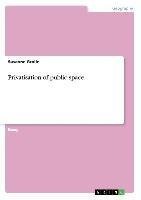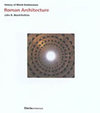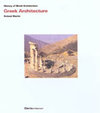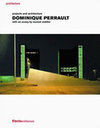
-
 Anglický jazyk
Anglický jazyk
Privatisation of public space
Autor: Susanne Grolle
Essay from the year 2008 in the subject Geography / Earth Science - Demographics, Urban Management, Planning, grade: 1.5, University of Westminster, language: English, abstract: In recent years the privatisation of public space has become the subject of... Viac o knihe
Na objednávku, dodanie 2-4 týždne
16.28 €
bežná cena: 18.50 €
O knihe
Essay from the year 2008 in the subject Geography / Earth Science - Demographics, Urban Management, Planning, grade: 1.5, University of Westminster, language: English, abstract: In recent years the privatisation of public space has become the subject of much discussion and debate among critics of today's urban development. In the United Kingdom and throughout the world, the appearance of our cities is being transformed by public space privatisation. In other parts of Europe this topic is becoming a very contemporary and controversial issue as well. As one of the biggest cities in Germany, Hamburg shows processes of privatisation of public space. Its current HafenCity project reveals one of the biggest regeneration projects managed from and financed by private and public sources.
What do we mean by the privatisation process and what are its benefits and disadvantages toward the quality of urban living?
Privatisation describes the process of change within the management and ownership of open spaces. It is perceived as a part of Post-modernism and the post-modern city, where the "city provides the context for the social, economic and cultural changes brought about by the globalised new economy" (Minton, A. (2006) p. 5). Corporate governance in shopping malls, business parks, entertainment complexes and business improvement districts can be seen as part of this progression. The trend towards community or joint private ownership of assets such as community centres and parks is an element of the progressive privatisation of public spaces which reduces the pool of openly shared public spaces in towns and cities. Membership passes and fees can be used to regulate who uses the facility and how the spaces are utilised.
Traditionally we differentiate public spaces in terms of the rules of access, the source and nature of control over entry and rules of use. Therefore a place is public when anyone can enter it and no restrictions, other than Common Law and public safety to behaviour or use of the place is given. Public space is commonly understood as a state owned open space free of regulations, which this essay will discuss.
- Vydavateľstvo: GRIN Verlag
- Rok vydania: 2009
- Formát: Paperback
- Rozmer: 210 x 148 mm
- Jazyk: Anglický jazyk
- ISBN: 9783640353811











